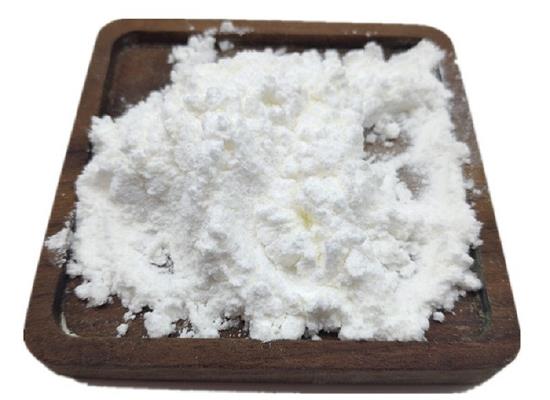Maltose: Overview and Dietary Implications
Jun 11,2024
General Description
Maltose, a disaccharide prevalent in plants and crucial in brewing and baking, is produced by breaking down starch into simpler sugars like glucose. Its role in fermentation and browning reactions enhances flavors in food and beer. In the body, maltose is swiftly digested to provide energy. Enzymes like maltase break it down into glucose. Dietary implications highlight the importance of maltase-glucoamylase and sucrase-isomaltase in digesting maltose, with deficiencies impacting digestive health. Managing symptoms involves restricting starch and sucrose intake. Overall, maltose plays a significant role in both natural processes and human health, emphasizing the need for proper dietary management in related disorders.

Figure 1. Maltose
Overview
Maltose, also known as malt sugar, is a disaccharide formed from two units of glucose joined by an α(1→4) glycosidic bond. This sugar is less sweet than sucrose and glucose but plays a crucial role in the brewing and baking industries due to its ability to ferment by yeast. Maltose is produced naturally in most plants during the breakdown of starch into simpler sugars, which occurs when seeds germinate. This process is particularly vital in the production of barley-based products, such as malt, where enzymes like amylase break down starch into maltose, providing the necessary sugar for fermentation. Chemically, maltose is a reducing sugar, which means it has the ability to reduce other compounds and participate in browning reactions, such as the Maillard reaction in cooking. This attribute is essential for creating the desirable flavors and colors in baked goods and beers. In the human body, maltose is quickly and easily digested, broken down by the enzyme maltase into two glucose molecules. Glucose, as a result, serves as a critical energy source for various cellular functions. The rapid digestion of maltose makes it useful in medical and nutritional contexts, providing a swift energy boost where necessary. Moreover, maltose is also used in the culinary world as a sweetener, though it is not as potent as other sugars like sucrose. It is appreciated for its ability to control crystallization, improve texture, and enhance color in foods, making it a valuable ingredient in candies and desserts. In sum, maltose is a versatile and important sugar in both natural biological processes and various industries, aiding in everything from beer brewing to baking and beyond. Its role in food science as well as in nutrition highlights its dual utility as both a functional and an energy-providing ingredient. 1
Dietary Implications
Maltose, a disaccharide sugar, is found in mature plants, with a notable association with germinated grains, particularly barley used in malt production. Commercially, maltose is produced through the industrial processing of starch via hydrolysis. In the human small intestine, maltase-glucoamylase, also known as maltase, plays a crucial role in maltose and starch digestion, converting them into glucose, thus contributing to around 20% of the small intestine’s maltase activity. This dual-activity enzyme is vital for regulating postprandial glucose homeostasis and is essential for the digestion of amorphous starch. Notably, maltase-glucoamylase deficiency disease affects approximately 2% of children with chronic diarrhea, and the associated diarrhea can be managed by eliminating starch and its derivatives from the diet. Similarly, sucrase-isomaltase, located in the brush border of the small intestine, shares a common location with maltase-glucoamylase. This complex enzyme has sucrase and maltase activity in one domain, accounting for around 80% of the small intestine’s maltase activity, while also exhibiting (1-6) debranching activity in the other domain. Primary sucrase-isomaltase deficiency disease occurs at a rate of 1/500 to 1/2000 live births, with higher incidences in certain populations. Treatment involves restricting sucrose and starch in the diet to alleviate symptoms such as chronic diarrhea, abdominal pain, and bloating. However, this poses a significant challenge as starch contributes a substantial portion of dietary calories. Additionally, a transient form of the disease exists, characterized by the same symptoms as the primary form. In summary, maltose, as a component of starch, is essential for understanding the dietary implications of maltase-glucoamylase and sucrase-isomaltase deficiencies. Proper management and dietary restrictions are crucial in addressing the associated symptoms and maintaining overall health in affected individuals. 2
Reference
1. Maltose. National Center for Biotechnology Information. 2024; PubChem Compound Summary for CID 6255.
2. Qi X, Tester RF. Lactose, Maltose, and Sucrose in Health and Disease. Mol Nutr Food Res. 2020; 64(8): e1901082.
- Related articles
- Related Qustion








